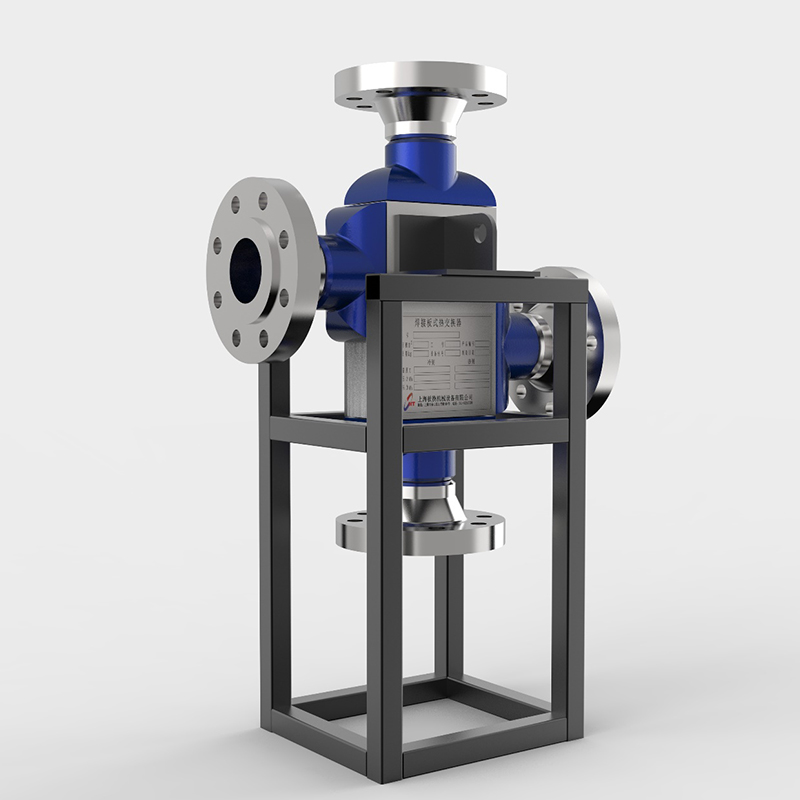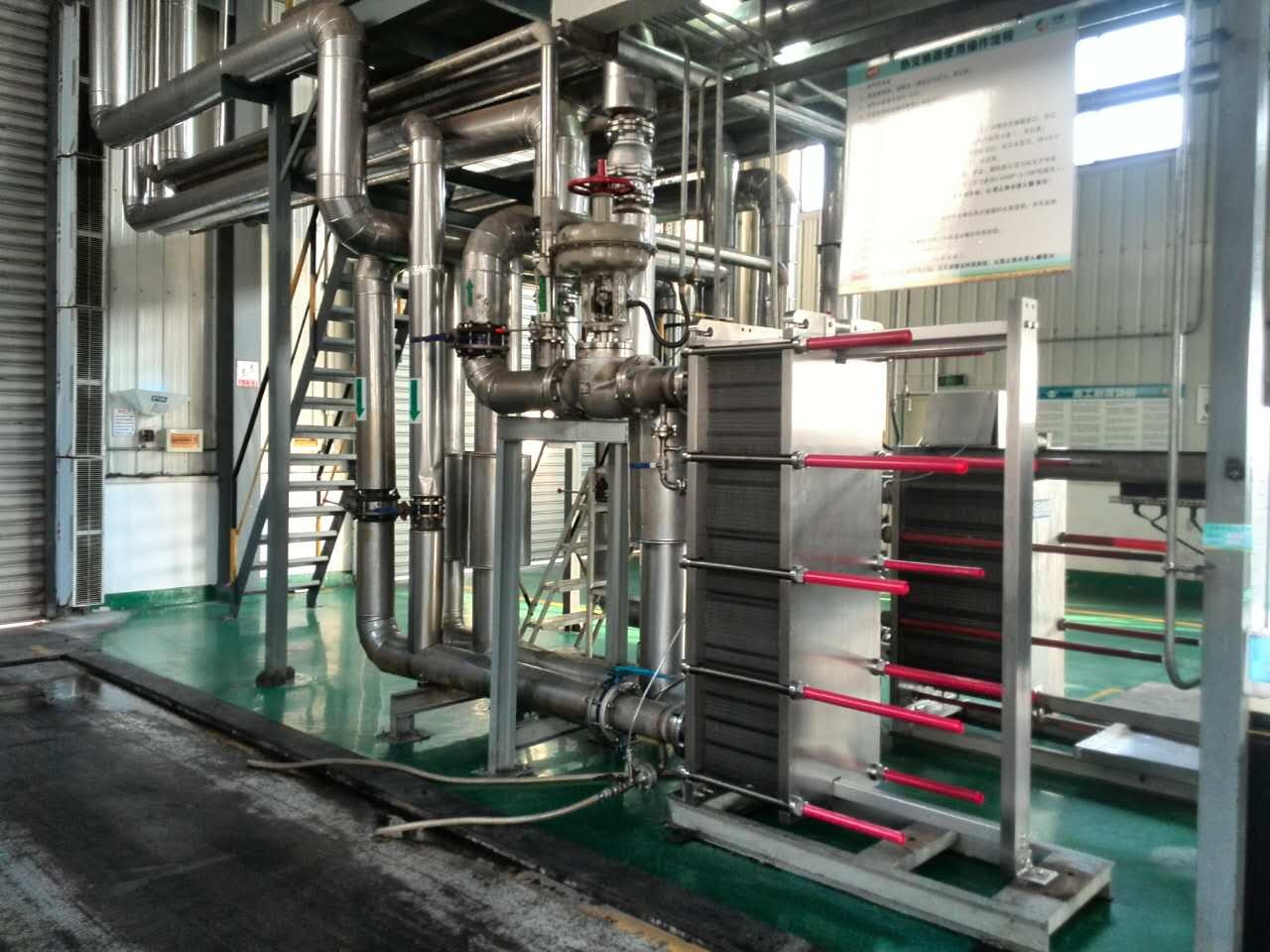How do gaskets prevent leaks in heat exchangers
A gasket in heat exchanger seals surfaces, blocks ...
More
A steam heat exchanger operates on the principle of transferring thermal energy from steam to a process fluid or gas without direct contact. This fundamental heat transfer mechanism is governed by the laws of thermodynamics, utilizing the high latent heat released during the condensation phase change of steam. The core components typically include a shell or plate arrangement where steam flows on one side, relinquishing its energy through a conductive barrier—often high-grade metals like stainless steel, titanium, or copper alloys—to the colder secondary medium on the opposite side. This efficient energy exchange is highly controllable, as the temperature of the process fluid can be precisely regulated by modulating steam pressure and flow rate. The design ensures maximum surface area contact between the mediums, optimizing the rate of condensation and heat transfer. This principle is applied across various configurations, including shell and tube, plate, and finned tube heat exchangers, each engineered for specific thermal duties, pressure ratings, and application requirements in industries ranging from pharmaceuticals to food processing and power generation.
The operational efficacy of a steam heat exchanger hinges on maximizing the enthalpy of vaporization released when steam condenses. For instance, one kilogram of saturated steam at 100°C (and atmospheric pressure) releases approximately 2257 kJ of latent heat upon complete condensation, a value significantly higher than the sensible heat it would release if it were merely cooled as a gas. This immense energy density makes steam an exceptionally efficient heat transfer medium. In a typical shell and tube exchanger, steam enters the shell side, where it comes into contact with the outer surfaces of the tube bundle. The cooler process fluid flowing through the tubes absorbs this thermal energy, causing the steam to condense. The resulting condensate is then effectively drained away via steam traps to prevent waterlogging, which severely diminishes heat transfer efficiency. Advanced designs incorporate features like corrugated plates in plate heat exchangers to induce turbulent flow, further enhancing heat transfer coefficients. Real-world data from HVAC applications show that properly maintained steam coil heat exchangers can achieve thermal efficiencies exceeding 98%, translating to substantial energy savings and a rapid return on investment. Their ability to handle high temperatures and pressures—often up to 300°C and 30 bar—makes them indispensable for rigorous industrial duties, ensuring consistent process temperatures critical for product quality and system stability.
The decision to implement a steam heat exchanger is driven by its unparalleled efficiency, reliability, and economic advantages in thermal processing. Industries utilize these systems primarily due to steam's superior heat carrying capacity, which allows for the rapid heating of large volumes of process fluids or air with relatively compact equipment. This leads to lower capital expenditure and reduced physical footprint compared to alternative heating methods like electric or thermal oil systems. Furthermore, steam is a clean, non-toxic, and inherently safe medium when system pressures are properly managed, making it suitable for sensitive applications like sterile processing in biotech or direct and indirect food contact. The operational flexibility is another key benefit; steam heat exchangers can be designed for a vast range of duties, from low-pressure comfort heating to high-pressure superheated steam applications in power cycles. Their robust construction ensures a long service life, often exceeding 25 years with minimal maintenance, providing exceptional long-term value. The widespread availability of steam generation infrastructure in many industrial plants also makes integration seamless, avoiding the need for entirely new energy systems.
Quantifiable data underscores the compelling reasons for adoption. A study on industrial energy use revealed that processes utilizing steam heat exchangers for heating can be up to 30% more energy-efficient than those using direct-fired heaters in certain contexts, due to minimized flue gas losses. In terms of operational costs, while natural gas prices fluctuate, the cost of steam generation per million BTU is frequently lower than the equivalent cost of electricity for resistance heating, offering significant utility savings. For example, a large-scale pasteurization unit in a dairy plant using a plate steam heat exchanger can process over 50,000 liters per hour, raising the product temperature from 4°C to 72°C almost instantaneously, which is crucial for preserving taste and preventing bacterial growth. This speed and control directly impact product quality and throughput. Moreover, the scalability of steam systems allows for easy expansion to meet increased production demands. From a maintenance perspective, their simple design with few moving parts results in lower lifetime costs and reduced downtime. The combination of high thermal performance, proven reliability across decades of use, and strong economic benefits solidifies the steam heat exchanger's status as a cornerstone of industrial thermal management.
Select the most popular foreign trade service products to meet your diverse needs
Learn more about the dynamics and professional knowledge of the foreign trade industry

A gasket in heat exchanger seals surfaces, blocks ...
MoreAPI 662 defines standards for plate heat exchanger...
More
Ignoring a fouled heat exchanger causes high energ...
More
A heat exchanger's main parts include the heat tra...
More
Plate heat exchangers deliver high thermal efficie...
More
Gasketed plate heat exchangers boost industrial ef...
MoreSelect the most popular foreign trade service products to meet your diverse needs
Explore more content related to foreign trade services

User Comments
Service Experience Sharing from Real Customers
Michael Rodriguez
Maintenance EngineerThis steam heat exchanger is incredibly robust and efficient. It has significantly improved our process heating, reduced our energy costs, and the build quality is outstanding. A fantastic investment for any industrial plant.
Sarah Chen
Facilities ManagerWe replaced our old unit with this model and the difference is night and day. The heat transfer rate is exceptional, it's remarkably easy to clean and maintain, and it has been running flawlessly for months. Highly recommended.
David Kim
Plant OperatorVery reliable piece of equipment. It handles our continuous operation demands without any issues. The only reason for not giving 5 stars is that the initial installation was a bit complex, but once running, it's been perfect.
Emily Watson
Project EngineerPrecise temperature control and incredibly durable construction. This exchanger has been integral to our new production line's success. The supplier provided excellent technical support during the integration phase as well.